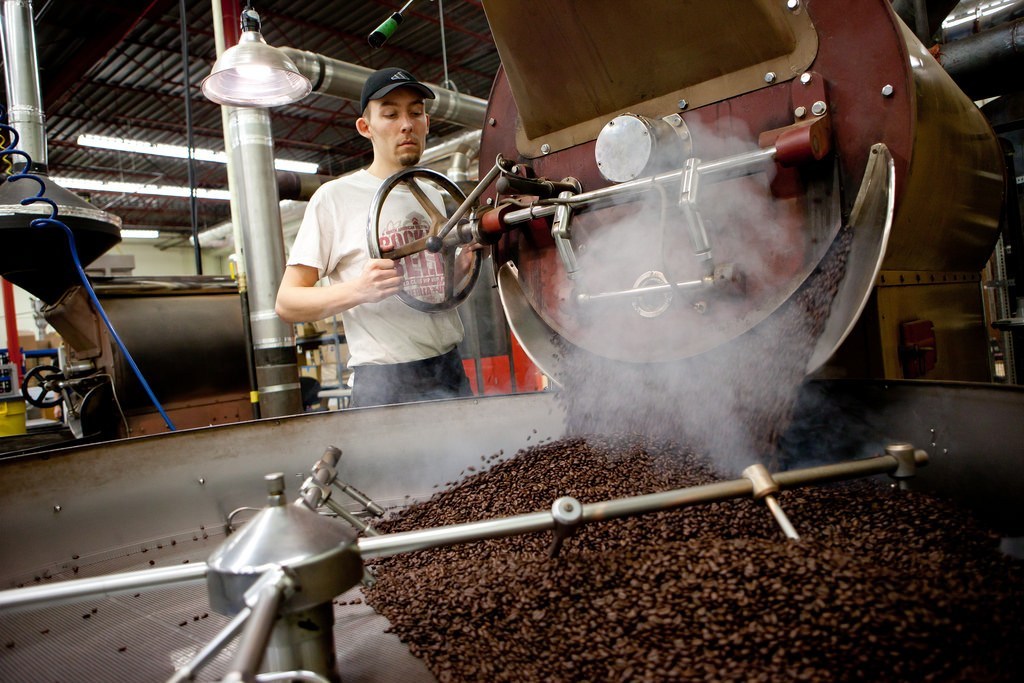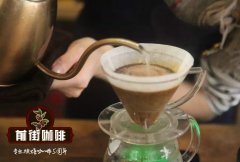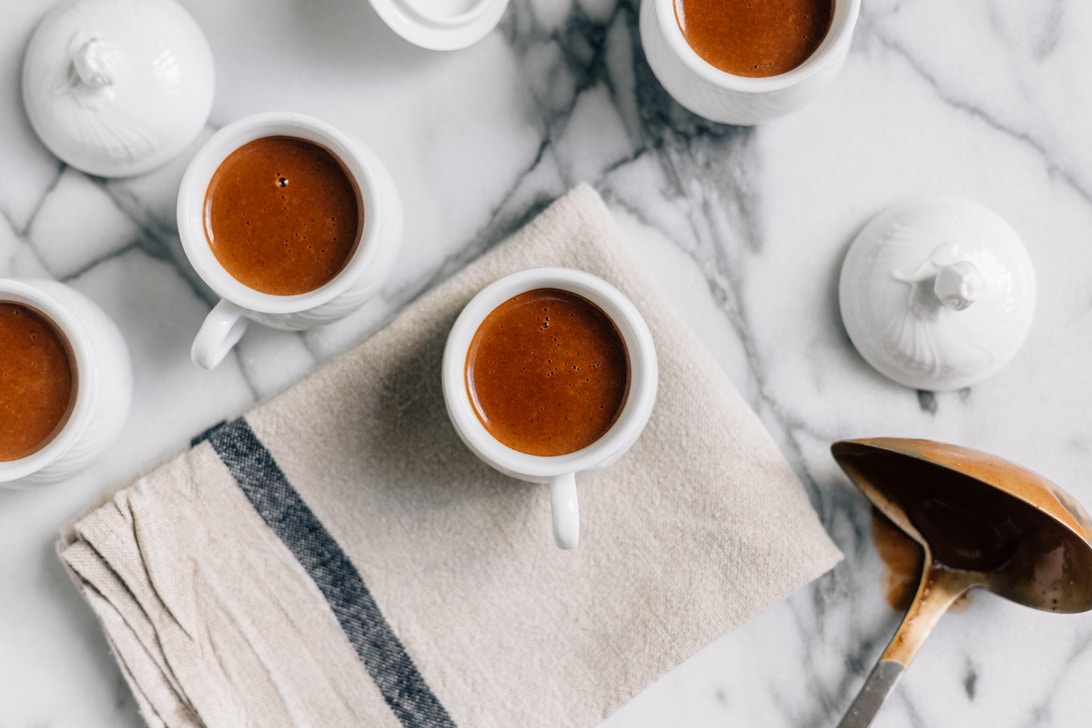How important is the moisture content and density of raw beans to the baker?

Professional coffee knowledge exchange more coffee bean information please follow the coffee workshop (Wechat official account cafe_style)
Today, bean bakers are adept at judging whether the moisture content of raw beans is ideal or too dry or too high by the color of the beans-the touch from the touch-the rate of increase in temperature when baking.
The moisture content of freshly picked coffee fruit is about 45-55%. The ultimate goal of the subsequent treatment, whether it is solarization, honey treatment or water washing, is to treat raw beans to between 9.5% and 12%, which is also the consensus of buyers and sellers in international trade. Boutiques prefer between 10.5% and 11.5%, because beans that are too dry (for example, less than 9.5%) Usually, the aroma and complexity are also poor, while beans that are too wet (such as more than 12%) are easy to return to moisture or even have the risk of mildew, especially the deeper honey treatment, we should pay special attention to some unique beans, such as wind-soaked Malaba or carbon dioxide low caffeine treatment (or low caffeine water treatment), occasionally with a high moisture content of more than 13%, which should pay special attention to moisture content and storage environment. However, the moisture content is not enough, and the bean density must be taken into account. The bean baker must be able to adjust the baking mode according to the moisture content and density in order to achieve the "target flavor".
The moisture content of raw beans and the density of raw beans are also two very important indicators to measure the quality of raw beans.
High-density raw beans are especially important in the first stage of baking (Drying phase,Drying stage). The heating energy and heating rate under you are related to the curve module entering the second stage. The beans are too dry and the density is low, and the heating up is fast and even lead to insufficient reaction time in the second stage. On the contrary, the high density with high moisture content or hard bean body, if the pot and heating maintain the previous conditions. The first stage will take more time, causing the baker to increase the heat source or directly replenish more firepower to maintain the flavor target. Apart from the roaster, what about the coffee farmers on the production side?
They also attach importance to these two indicators! Even listed as a major condition for classification! The fruit grower harvests the fruit and puts it into the water to screen out the floating fruit and sundries, that is, taking the ripe fruit with high specific gravity. After entering the post-processing process, the fruit grower selects the heavier shell beans in different modes, which are all in the selection of high-density good raw beans. The post-processing is completed and sent to the shelled dry treatment plant, and different grades are screened out according to the weight (density) vibration of raw beans. It is a necessary process for selling fine raw beans in Central America and East Africa.
The following photos show the moisture content and density of the top 10 samples of the National Excellence Cup in Honduras this year (2018). Knowing these density and moisture conditions, bakers will be more sure when baking these precious samples. after all, you only have 200g to decide whether to spend hundreds of thousands of Taiwan dollars to bid for these coffees!
Please note that H4 is solarization but its density is the highest in the sample. Moisture content and density are indeed the two parameters that bakers must understand when selecting and baking raw beans.
END
Important Notice :
前街咖啡 FrontStreet Coffee has moved to new addredd:
FrontStreet Coffee Address: 315,Donghua East Road,GuangZhou
Tel:020 38364473
- Prev

What is decaf? How to remove caffeine from coffee?
For more information on coffee beans, please pay attention to the coffee workshop (Wechat official account cafe_style) all coffee has caffeine in its natural state, and this chemical is used to protect coffee trees from pests and to prevent seeds from competing for nutrients from trees. And caffeine has been used as a stimulant for thousands of years, but sometimes I
- Next

Espresso trends and differences-how different are the Espresso recipes in different cities?
Professional coffee knowledge exchange More coffee bean information Please pay attention to coffee workshop (Weixin Official Accounts cafe_style) Espresso is a high-concentration coffee solution obtained by using the pressure of coffee machine to extract finely ground coffee powder in a short time. Add water to make American coffee, add milk to make cappuccino and latte, as the base of so many drinks, of course, it is impossible to use the same all over the world.
Related
- Beginners will see the "Coffee pull flower" guide!
- What is the difference between ice blog purified milk and ordinary milk coffee?
- Why is the Philippines the largest producer of crops in Liberia?
- For coffee extraction, should the fine powder be retained?
- How does extracted espresso fill pressed powder? How much strength does it take to press the powder?
- How to make jasmine cold extract coffee? Is the jasmine + latte good?
- Will this little toy really make the coffee taste better? How does Lily Drip affect coffee extraction?
- Will the action of slapping the filter cup also affect coffee extraction?
- What's the difference between powder-to-water ratio and powder-to-liquid ratio?
- What is the Ethiopian local species? What does it have to do with Heirloom native species?

